The common bean (Phaseolus vulgaris) constitutes an essential crop in the agricultural systems of Latin America, providing a vital source of protein, carbohydrates, and micronutrients, in addition to playing a crucial role in food security and the economy of rural families. For farmers seeking to optimize their cultivation practices and ensure abundant, high-quality harvests, a deep understanding of the phenological stages of the common bean is indispensable. This article explores in detail each phase of the common bean’s life cycle, offering relevant technical information and management strategies to maximize its productive potential.
Exploring the Phenological Stages of the Common Bean for a Successful Harvest
Stage 1: Germination and Emergence – The Awakening of the Seed and its Ascent to Light
The germination of the common bean begins with imbibition, or the absorption of water by the seed, a critical process that reactivates metabolic activity and triggers the development of the embryo. For uniform and successful germination, it is essential to ensure adequate soil moisture at the time of sowing, avoiding both drought and waterlogging, which can cause asphyxiation and rotting of the seeds. Soil temperature also plays an important role, with an optimal range between 15 and 30°C for most common bean varieties.
Emergence occurs when the seedling breaks through the soil surface and begins its aerial growth. This process usually takes place between 5 and 15 days after sowing, depending on the sowing depth, soil temperature, and moisture. During this early stage, seedlings are vulnerable to attack by soil pests (such as wireworms and fly larvae) and fungal diseases (such as Rhizoctonia and Pythium). The application of seed treatments with fungicides and insecticides can be an effective preventive practice.
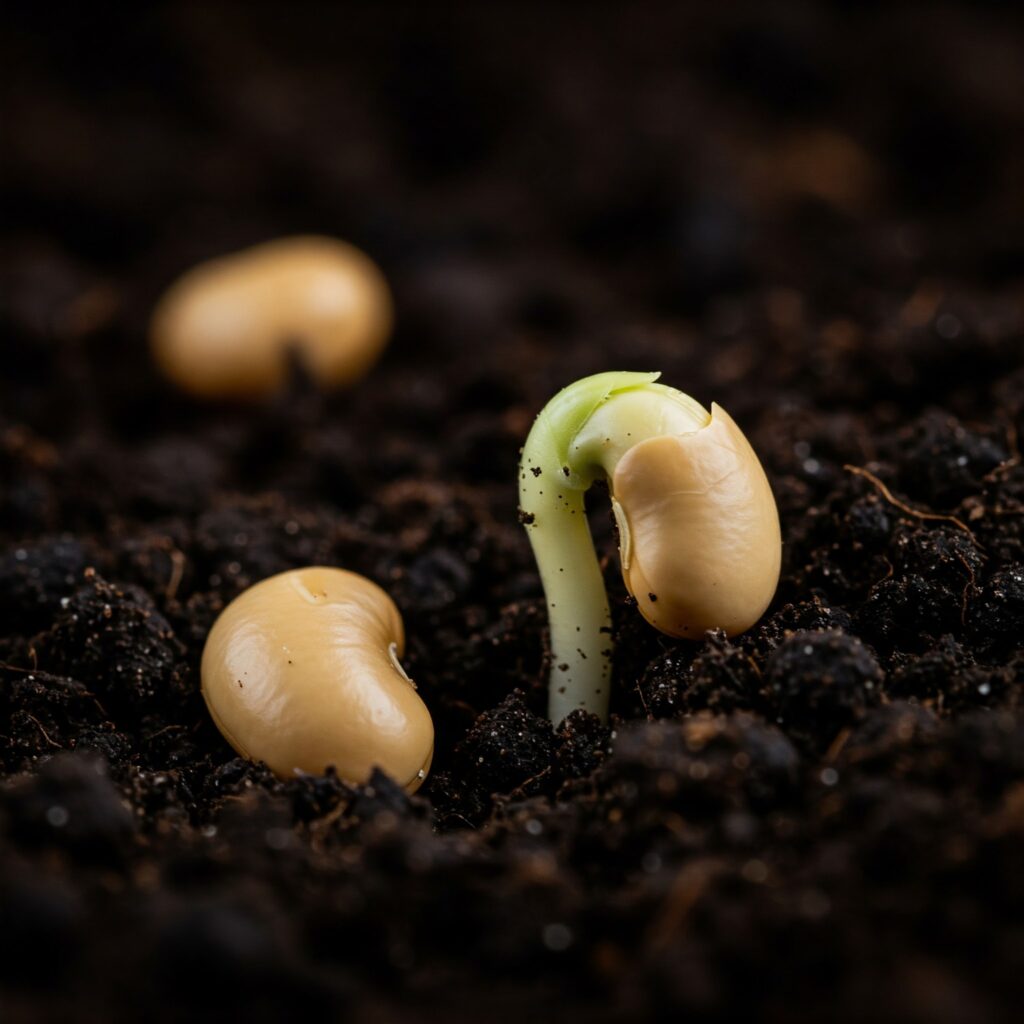
Stage 2: Vegetative Growth – Development of Foliage and Plant Structure
The vegetative growth stage extends from seedling emergence to the appearance of the first flower buds. It is subdivided into several phases, characterized by the development of trifoliolate leaves (the true leaves of the common bean) and the growth of the stem and branches. During this stage, the plant establishes its leaf area, which is crucial for photosynthesis and biomass accumulation.
Proper irrigation management is essential to maintain vigorous growth, avoiding both water stress and excessive moisture. Nutrition plays a fundamental role, with a significant demand for nitrogen for foliage development, phosphorus for the root system, and potassium for stem strength and disease resistance. Weed control is critical to minimize competition for light, water, and nutrients. The occurrence of foliar pests (such as aphids, whiteflies, and thrips) and diseases (such as rust and powdery mildew) should be monitored and controlled in a timely manner.
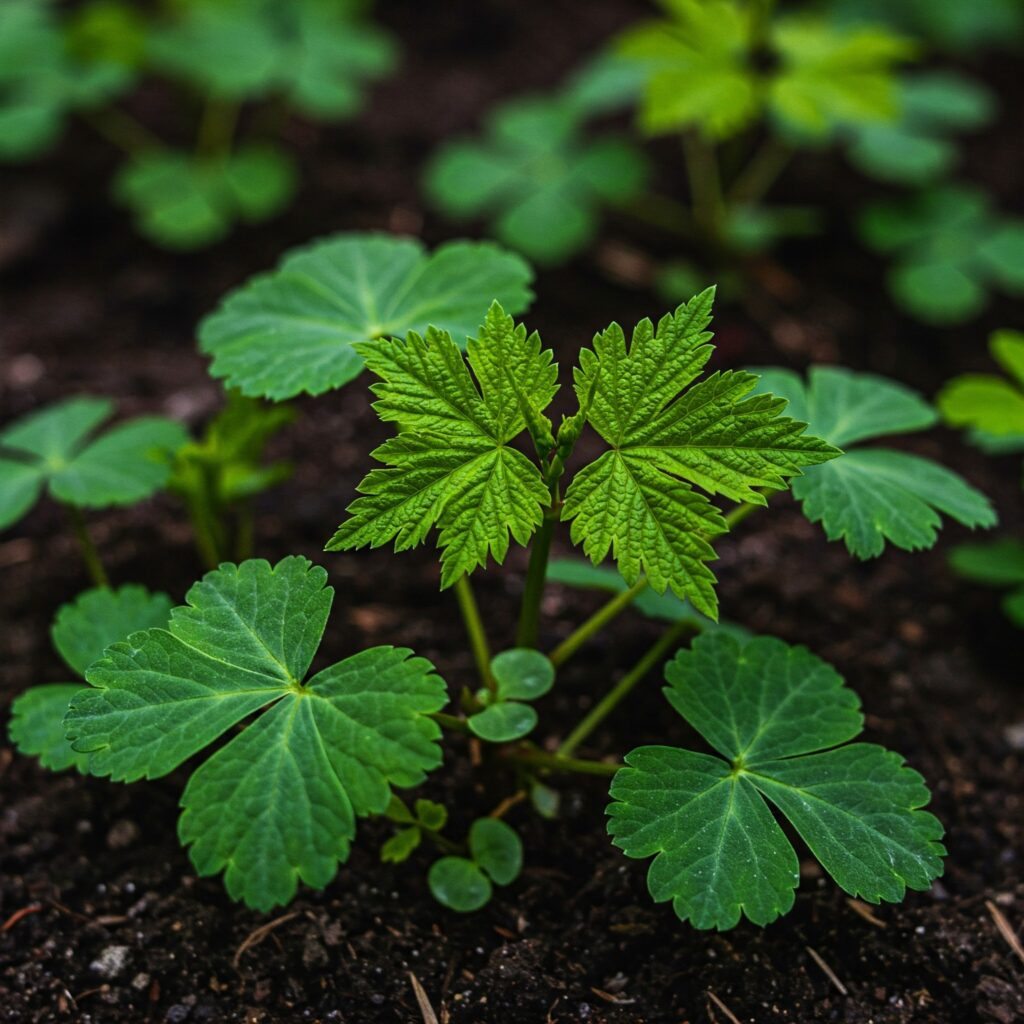
Stage 3: Flowering – The Beginning of the Pod Promise
Flowering marks the beginning of the reproductive phase of the common bean. Flower buds develop in the leaf axils and along the branches, opening into small white, pink, or purple flowers, depending on the variety. Pollination in the common bean is primarily autogamous, although slight cross-pollination can occur in some varieties.
Climatic conditions during flowering are critical for pod setting. Extreme temperatures (both high and low) and water stress can cause flower drop and reduce the number of pods formed. The availability of nutrients, especially phosphorus and boron, is important for abundant flowering and good pod set. The presence of pollinating insects, although not strictly necessary in most common beans, can contribute to better pollination in certain varieties.
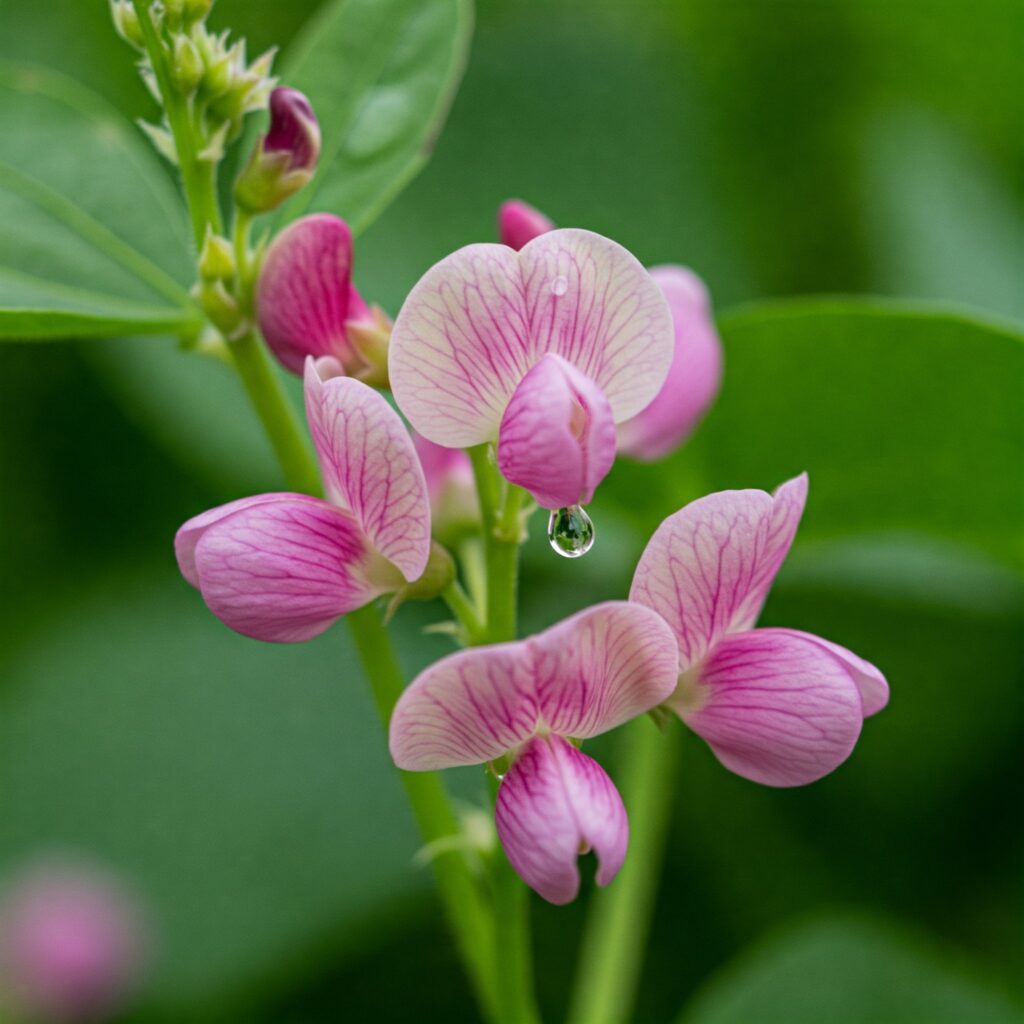
Stage 4: Pod Development – Growth and Filling of the Pods
After pollination and fertilization, the flower ovaries develop to form pods, which are initially small and green. During this stage, the pods grow in size, and the beans inside them begin to develop and fill with carbohydrate and protein reserves. The demand for water and nutrients by the plant is high during pod development.
Adequate and consistent irrigation is essential to ensure good pod development and bean filling. Water deficiency can lead to small pods and poorly filled beans. Nutrition, especially the supply of nitrogen and potassium, is crucial for bean yield and quality. Monitoring and control of pests that attack the pods (such as pod borers and stink bugs) and diseases (such as anthracnose and white mold) are important to avoid yield losses.
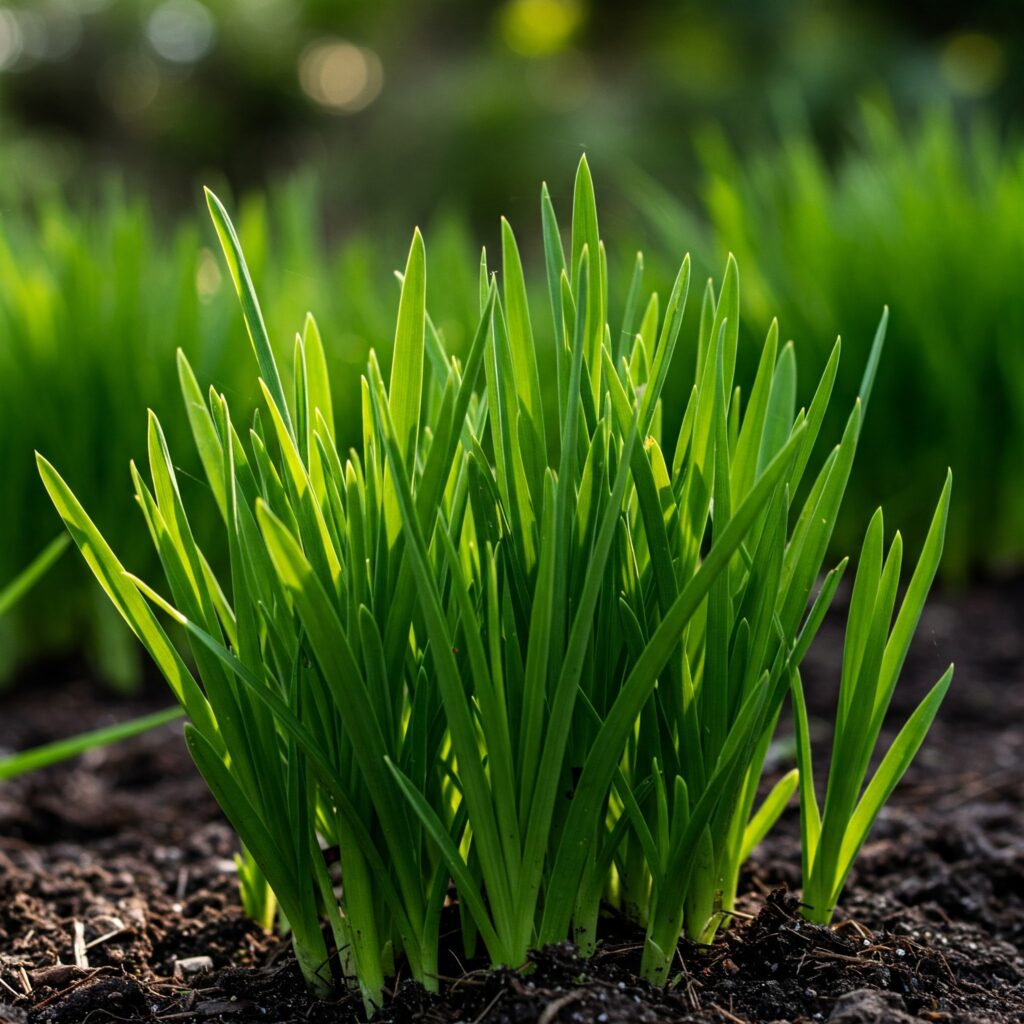
Stage 5: Maturation – The Path to Harvest
Maturation is the final stage of the common bean cycle, where the pods change color (from green to yellow, brown, or purple, depending on the variety) and the beans reach physiological maturity, gradually losing moisture. The plant’s leaves begin to senesce and turn yellow.
During maturation, it is important to reduce or suspend irrigation to allow the pods and beans to dry adequately, which facilitates harvesting and reduces the risk of deterioration during storage. Excessive moisture during maturation can favor the development of diseases and premature shattering. The optimal time for harvest is determined by the color of the pods and the moisture content of the beans, which varies depending on the type of common bean (for dry grain or for snap pods).

Stage 6: Harvest and Post-Harvest – The End of the Cycle and the Beginning of Storage
The harvest of the common bean is carried out when the pods and beans have reached the optimal point of maturity. For dry beans, harvest occurs when the pods are dry and the beans have a low moisture content. Harvesting can be manual or mechanized. For snap beans, harvest is carried out when the pods are tender and the beans are not yet fully developed.
Post-harvest management is crucial to preserve the quality of the beans. For dry beans, this includes additional drying if necessary to reach a safe moisture level for storage, threshing (separation of beans from pods), cleaning, and grading. Storage should be carried out in cool, dry conditions, protected from pests and rodents to prevent losses and deterioration.
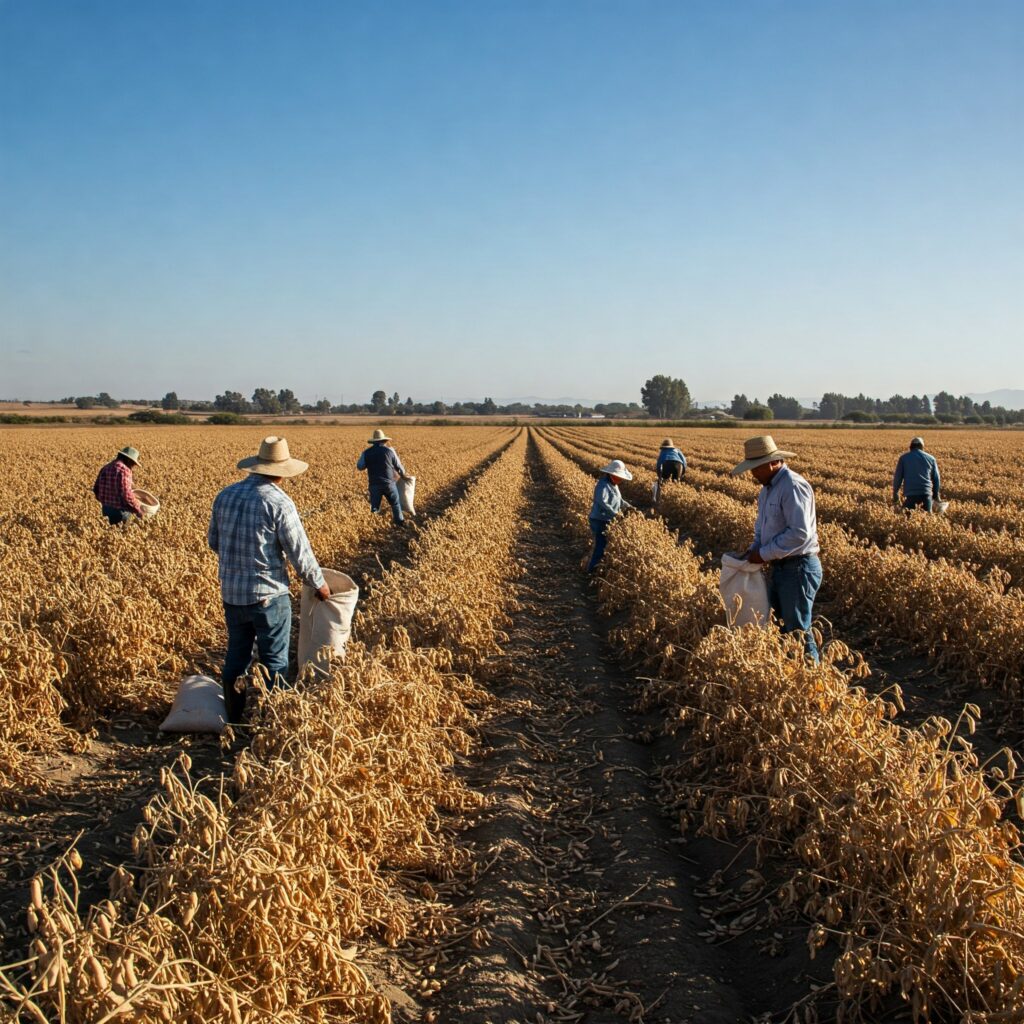
Prompt de imagen: Agricultores cosechando fríjoles secos en un campo, o vainas tiernas siendo recolectadas a mano.
Texto ALT: Cosecha del fríjol.
Management Strategies to Optimize Production at Each Stage
To maximize the yield and quality of the common bean, it is essential to implement appropriate agronomic management practices at each phenological stage:
- Selection of Adapted Varieties: Choose common bean varieties adapted to local agro-climatic conditions (soil type, altitude, rainfall regime, temperature) and with resistance to major pests and diseases.
- Soil Preparation: Carry out adequate soil preparation, including minimum tillage to conserve soil structure, incorporation of organic matter, and correction of acidity if necessary.
- Timely Sowing with Adequate Density: Sow at the appropriate time, considering the rainfall regime and temperature, and use an optimal sowing density for the variety and field conditions.
- Balanced Fertilization: Apply the necessary nutrients at the appropriate doses and times, based on soil analysis and the specific needs of each phenological stage. Seed inoculation with nitrogen-fixing bacteria (Rhizobium) can be beneficial.
- Integrated Weed Management: Implement strategies that combine preventive, cultural, mechanical, and chemical methods to control weeds efficiently and reduce competition with the crop.
- Integrated Pest and Disease Management (IPM): Regularly monitor the crop to detect the presence of pests and diseases, and use biological, cultural, and chemical control methods rationally and in a timely manner.
- Adequate Irrigation: Provide timely and sufficient irrigation, especially during the critical stages of flowering and pod filling, avoiding both water deficit and excess.
- Hilling: In some erect varieties, hilling can provide support to the plants and promote the development of adventitious roots.
- Timely and Careful Harvesting: Harvest at the optimal stage of maturity to avoid losses due to shattering or quality deterioration.
- Adequate Post-Harvest Management: Dry, thresh, clean, and store the beans properly to preserve their quality and avoid losses due to storage pests and diseases.
Conclusion: A Strategic Approach for Successful Common Bean Production
Understanding and properly managing the phenological stages of the common bean is fundamental to achieving successful and sustainable production. The implementation of precise agronomic practices adapted to each phase of the crop’s life cycle, from sowing to harvest and storage, allows farmers in Latin America to maximize yield, improve the quality of their harvests, and contribute to the food security of their communities.
References:
- Beebe, S., Ramirez, J., Ishikawa, C., & Blair, M. W. (2013). Genetic diversity and structure of Andean dry bean (Phaseolus vulgaris L.) landraces. Theoretical and Applied Genetics, 126(1), 3-17.
- Singh, S. P. (1999). Broadening the genetic base of common bean cultivars. Crop Science, 39(5), 1369-1385.
- [Include other references of specific agronomic and physiological studies on the phenological stages of the common bean].
- [Cite manuals of good agricultural practices for common bean cultivation from research or agricultural extension institutions].
Keywords: Common bean, phenological stages, germination, vegetative growth, flowering, pod development, maturation, harvest, agronomic management, nutrition, irrigation, pests, diseases, yield, quality.
 AgronoBlog – Agriculture Blog
AgronoBlog – Agriculture Blog